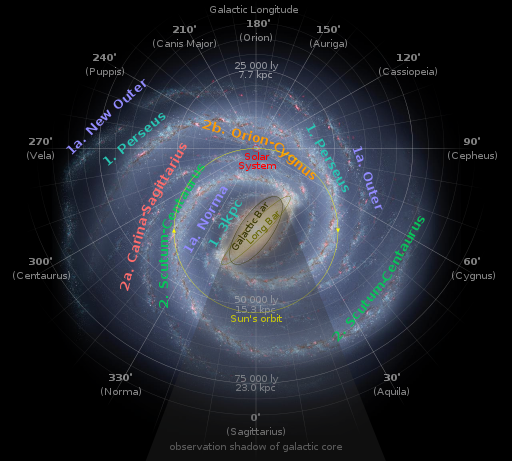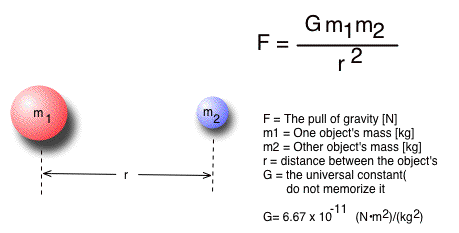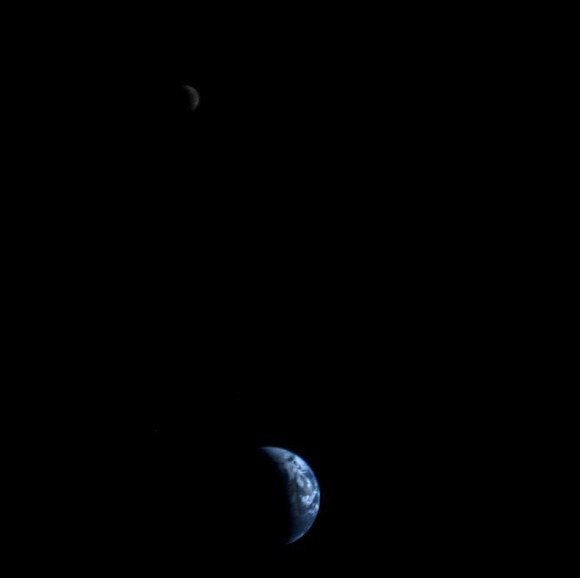This week I’m tackling the subject of our Sun’s motion through the Milky Way Galaxy and approximately how long one orbit is.
The Milky Way Galaxy has two major spiral arms, named the Perseus Arm and the Scutum-Centaurus Arm. There are also smaller less pronounced arms, including the Sagittarius Arm, the Norma Arm, The Local Arm (aka the Orion Spur) and the Outer Arm. Our solar system resides in the Orion Spur (Local Arm), branching off from the larger Perseus Arm. During the summer months in the northern hemisphere, we predominantly observe the Sagittarius Arm, including the galactic center, which appears as steam from the Tea Pot asterism in the constellation Sagittarius. (Gaherty, 2016) Over the winter, we’re looking away from the galactic center and through the Perseus Arm. (Comins, 396)

Continue reading “Just A Sun-Day Drive Around the Galactic Neighborhood”







